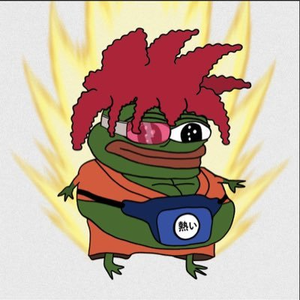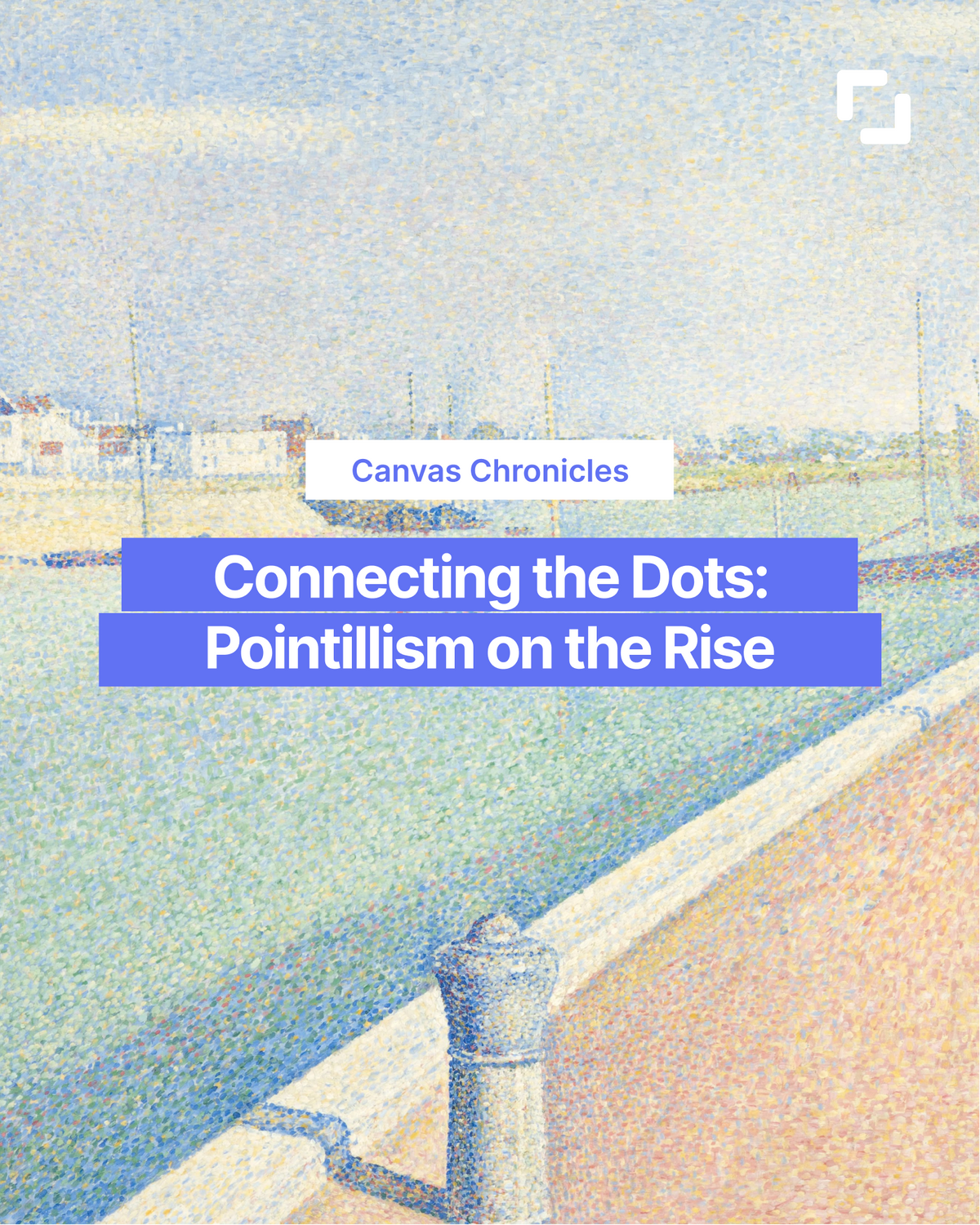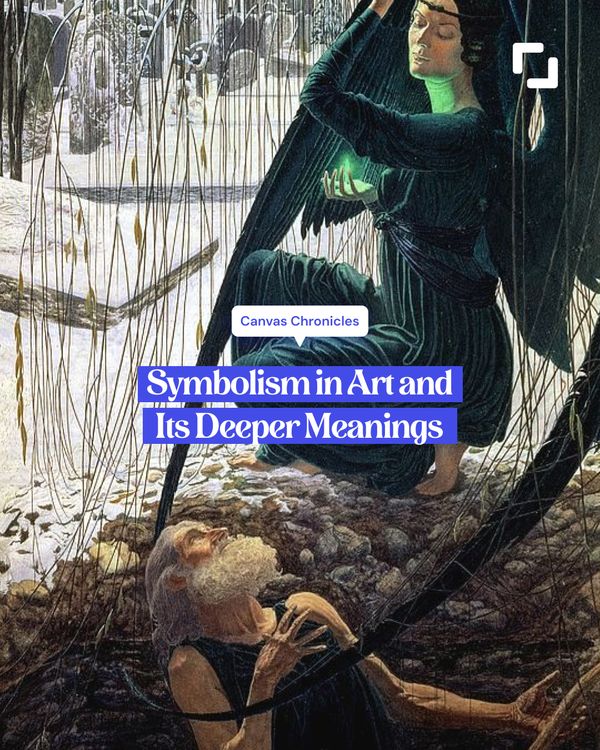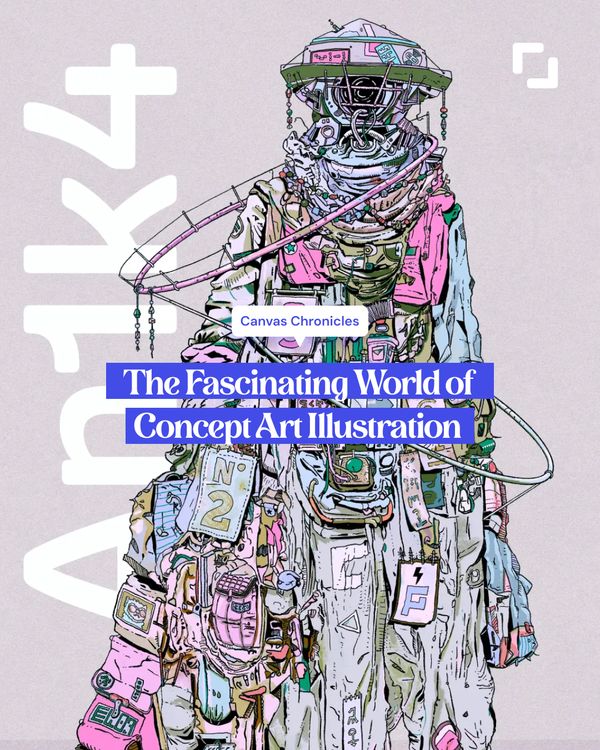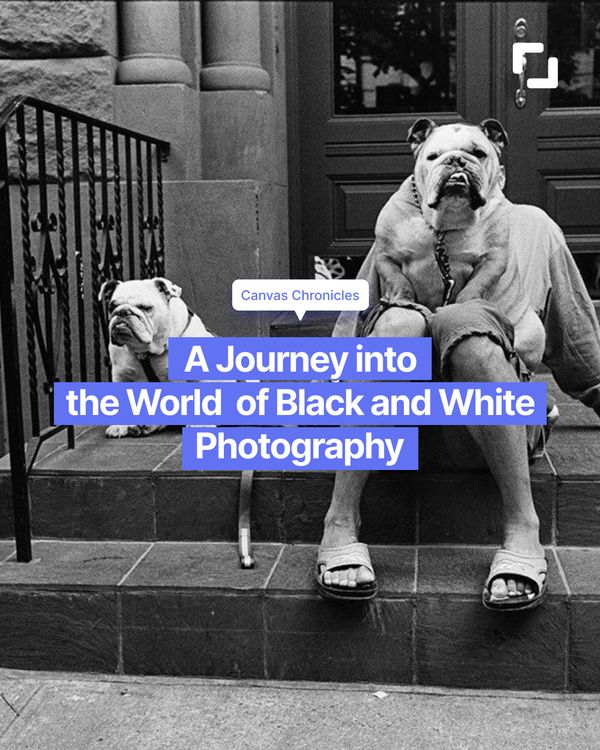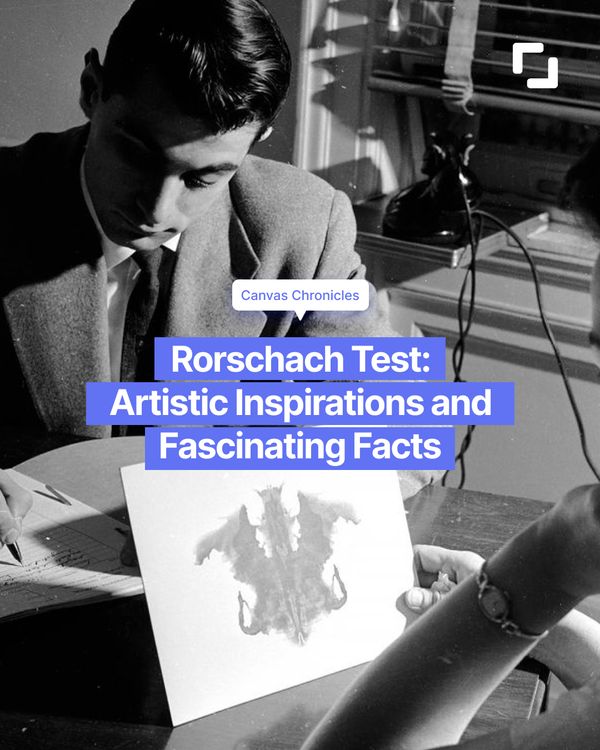
The Dots Have Taken the World by Surprise
The dot motif has seen an incredibly high increase in popularity in the last decade, culminating with the global luxury brand Louis Vuitton collaborating with Yayoi Kusama to launch a limited edition collection of handbags, clothing, and accessories featuring her iconic polka dots and signature patterns. The collaboration was a massive success, with many of the items selling out within hours of their release.
One of the most striking pieces from the campaign was a large-scale installation at Louis Vuitton's flagship store in New York City. The installation featured Kusama's iconic dots covering the entire facade of the building, as well as a series of large pumpkin sculptures adorned with the same pattern. The Louis Vuitton campaign was a celebration of Kusama's unique artistic vision, and her use of the dot motif added a playful and whimsical touch to the luxury brand's products.
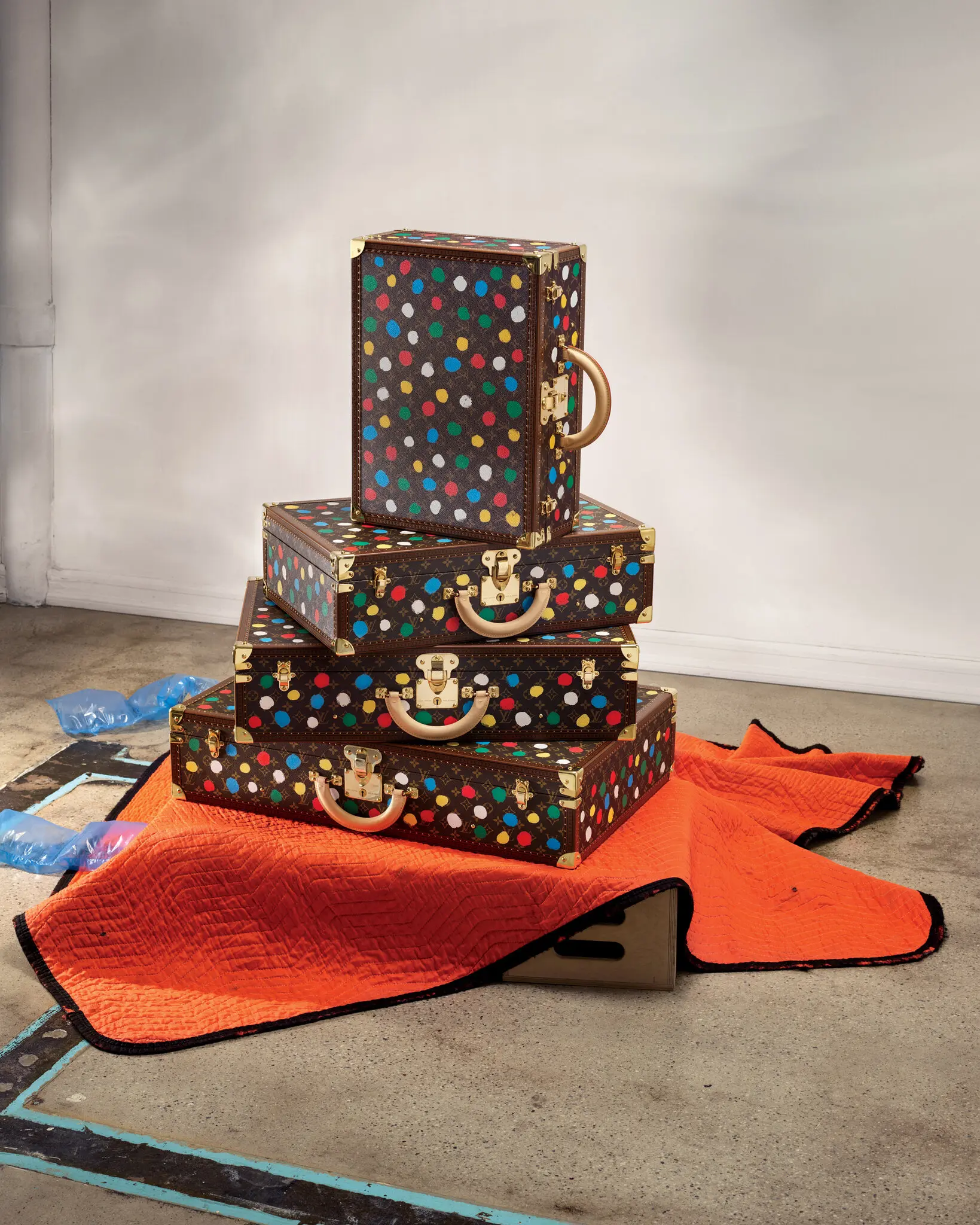
Another highly popular contemporary artist, Damien Hirst, uses the dot motif in his artworks, particularly his series of spot paintings, and has achieved striking success. The spot paintings, consisting of grids of multicolored circles, have become some of the most recognizable artworks of the late 20th and early 21st centuries, selling for millions of dollars at auction and exhibited in galleries and museums worldwide. The success of the dot motif in Hirst's spot paintings is attributed to their bold and bright colors, repetitive and hypnotic pattern, and the way in which they provoke the viewer to question the nature of art and the role of the artist. The dot motif has become a signature element of Hirst's art, helping to make his works enduringly popular and valuable.
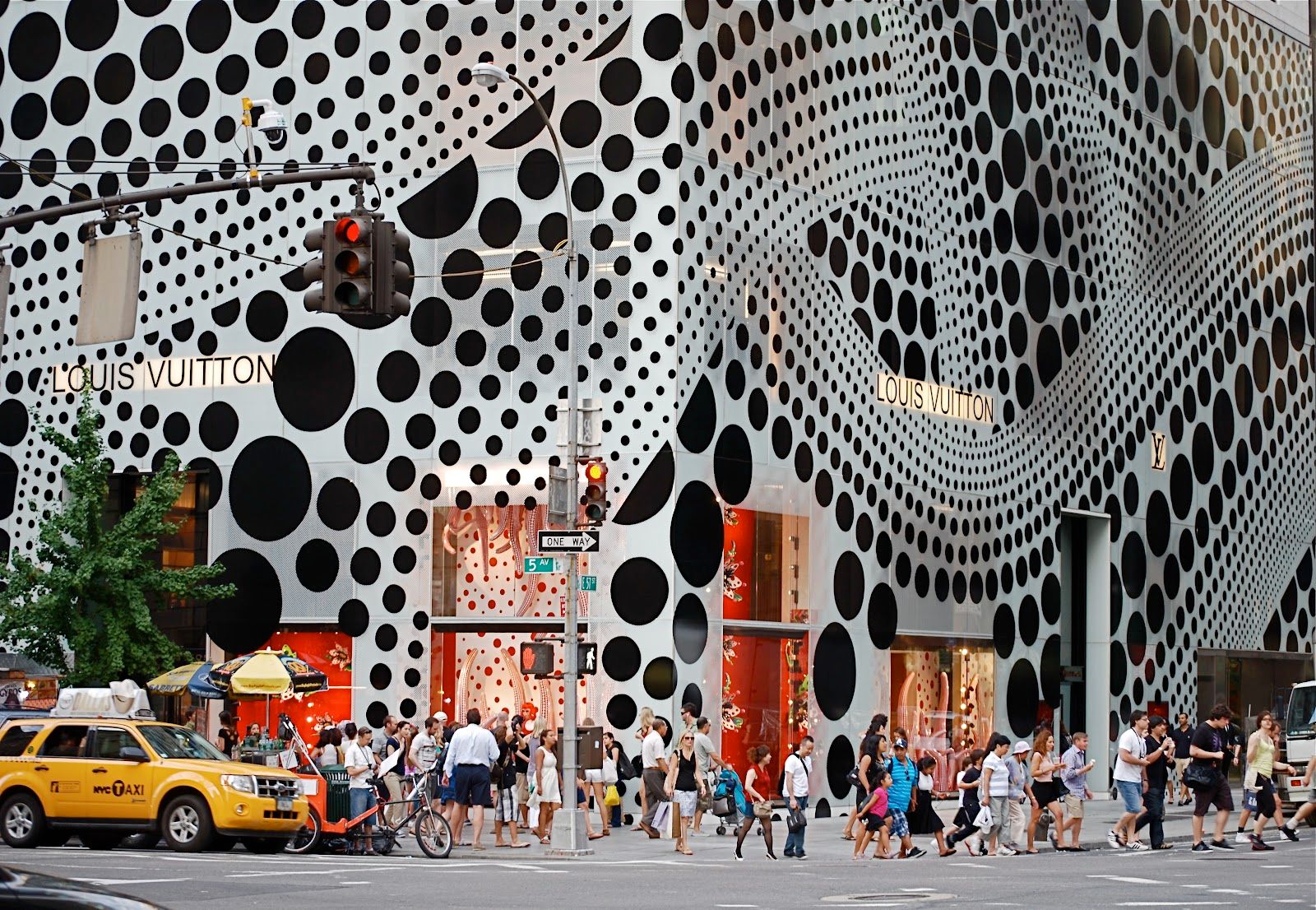
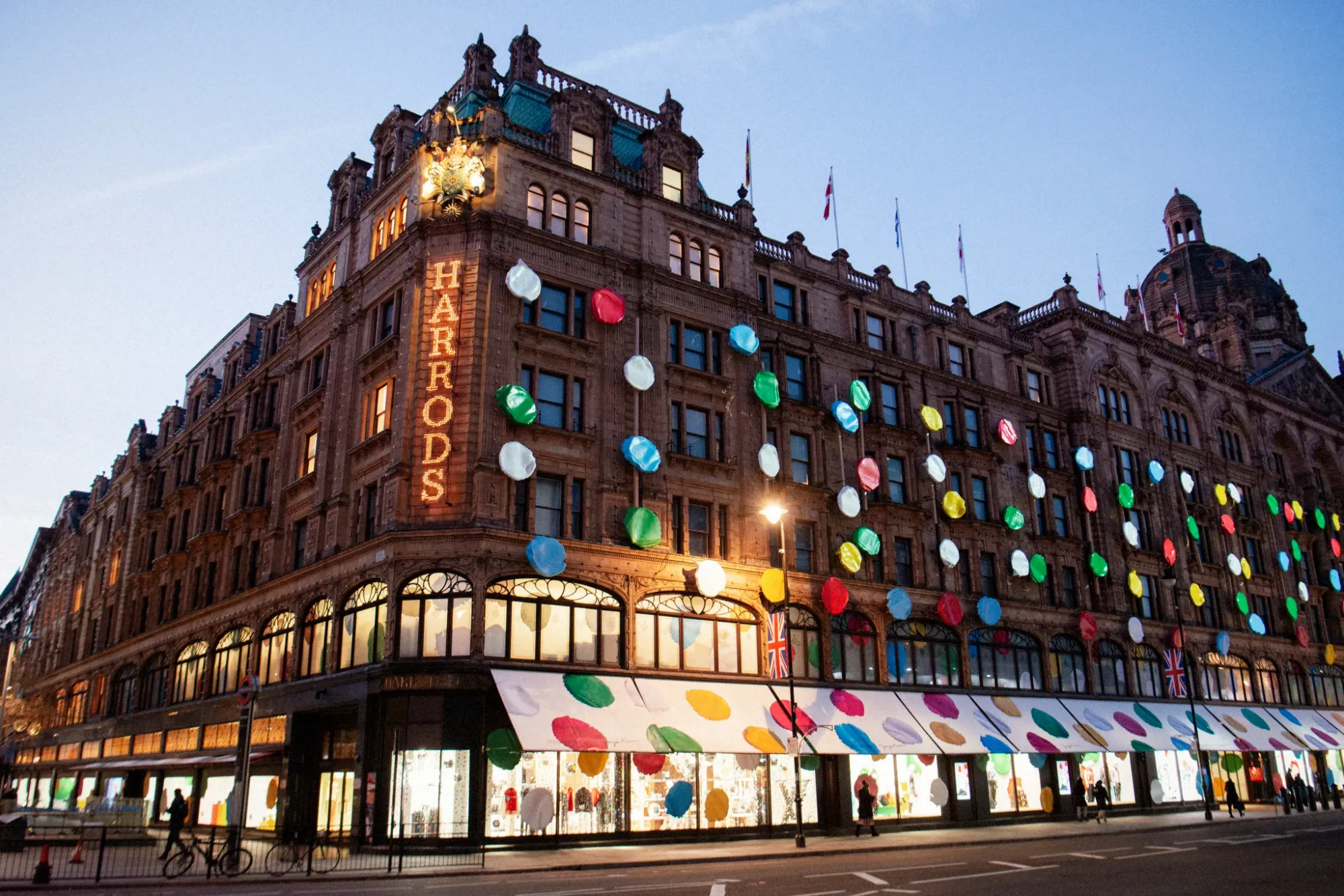
The dot motif found in contemporary art, highlighting large dots of strong, solid colors, has its roots in a historic style called pointillism.
So what is pointillism, and why has it been considered revolutionary?
Pointillism is a technique of painting in which small, distinct dots of color are applied in patterns to form an image. This technique was pioneered by Georges Seurat and Paul Signac in France in the late 19th century, and quickly gained popularity among the avant-garde artists of the time.
But why is pointillism so spicy, you might ask? Well, for starters, it challenged the traditional way of painting, which relied on blending colors to create a smooth transition between tones. Pointillism, on the other hand, created vibrant and lively images through the juxtaposition of individual dots of color.
Furthermore, pointillism was often associated with the Impressionist movement, which was notorious for its controversial subject matter and unconventional techniques. Impressionist paintings were often rejected by the traditional art establishment, and pointillism was seen as an even more radical departure from established norms. Pointillism is also referred to as Neo-Impressionism.
But perhaps the spiciest aspect of pointillism was its impact on the art world. By breaking down images into individual dots of color, pointillism paved the way for the development of other abstract and modernist styles of painting. It challenged artists to think beyond the traditional representation of reality and experiment with new ways of conveying emotion and meaning through color and form.
Explore pointillism on Exchange Art
- JGU Botanical Garden, Mainz by Emilia Yusof
Emila Yusof is known as a visual artist, illustrator, and author. Using acrylic paint and the pointillism technique, Emilia Yusof is one of the best examples of EA artists that embrace both a traditional and contemporary artistic vision, making unique artworks. Emila's artwork is not constrained to only traditional media as she also produces digital artworks.

2. SAVAG3 CLAUS GIFT 1 by SAVAG3H3NRY
Another Exchange Art artist that is truly spot on and addresses this dot motif trend is definitely SAVAG3H3NRY with his SAVAG3 CLAUS GIFT 1 artwork. Giving Hirst vibes, this piece is an absolutely beautiful example of how a simple motif can create an immersive image.

3. Hometown No. 5 by Camille Châtelain
Connecting the dots even further, you can find Camille Châtelain. He is a contemporary colorist working in the Netherlands, Mexico and Web3. His artworks reflect the power of bold colors laid down one next to each other using the tip of the brush and creating dots. This particular piece, Hometown No.5, is a smooth transition from a close up dot pattern to an entire composition.


